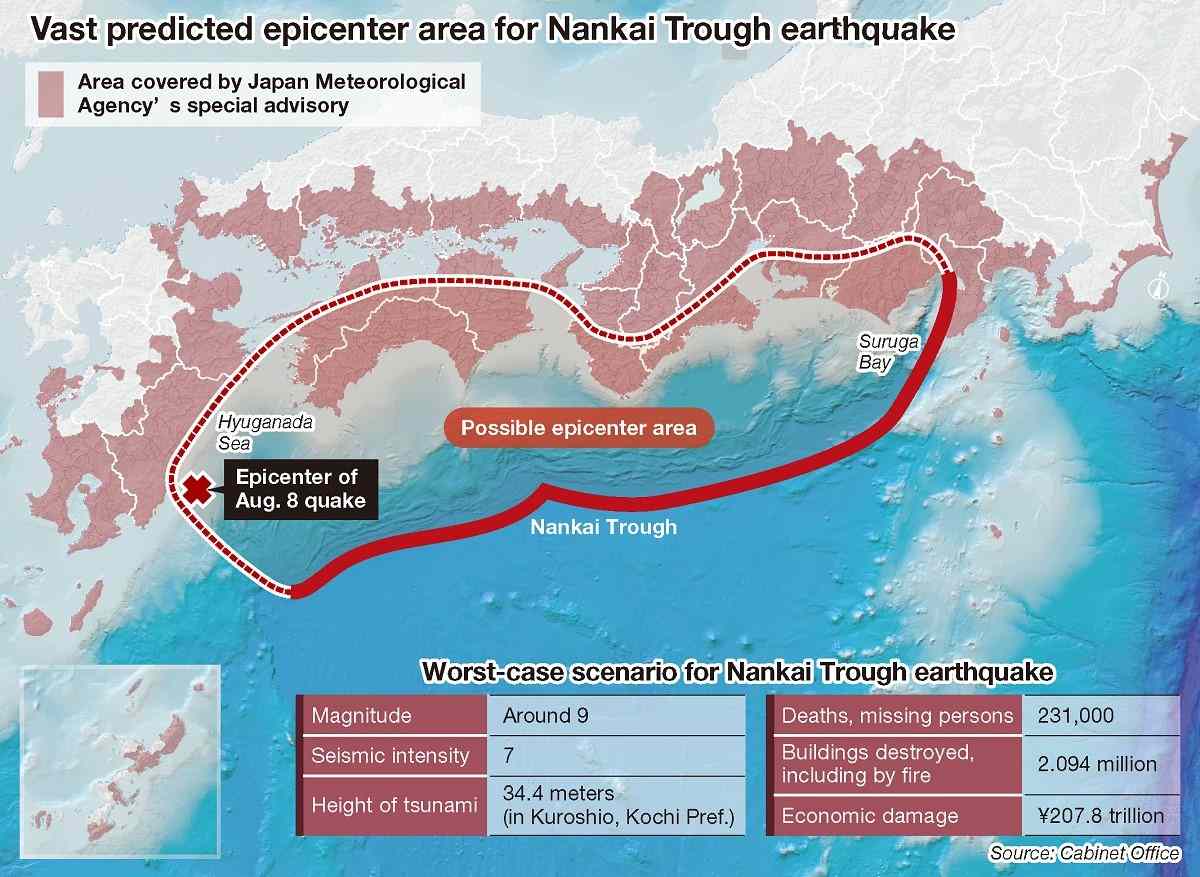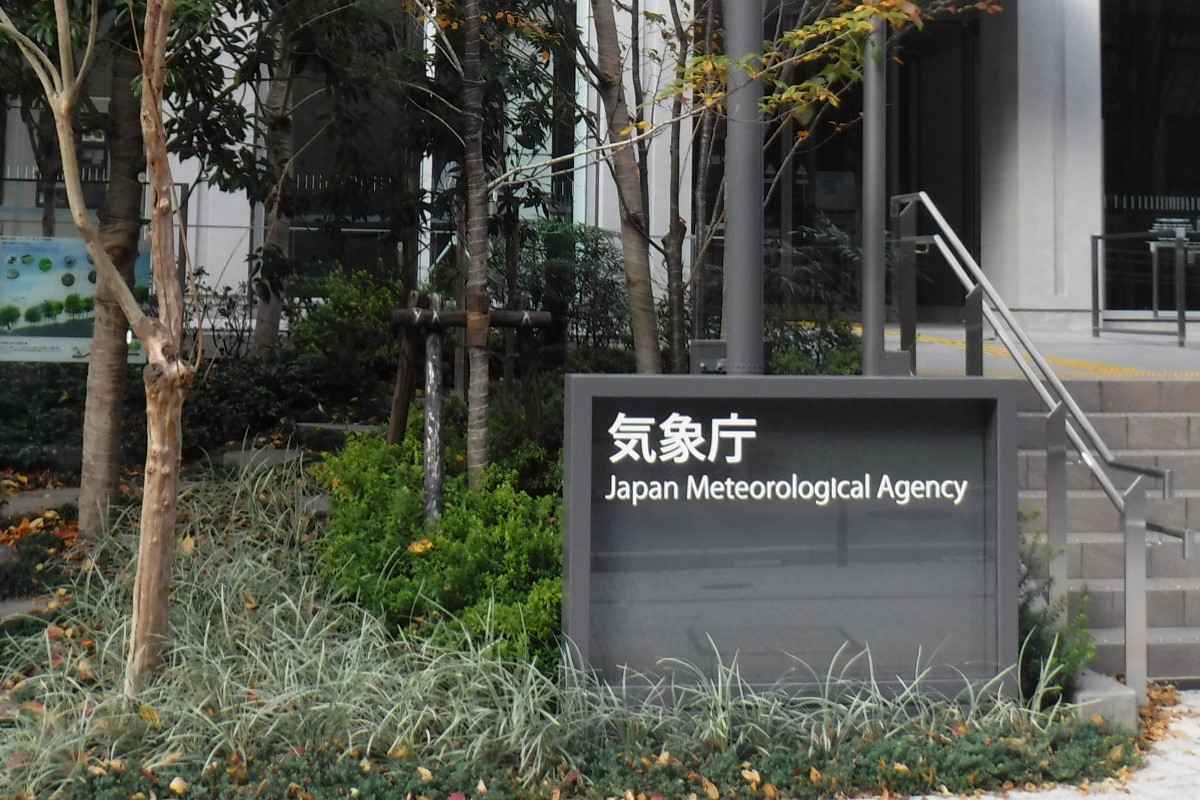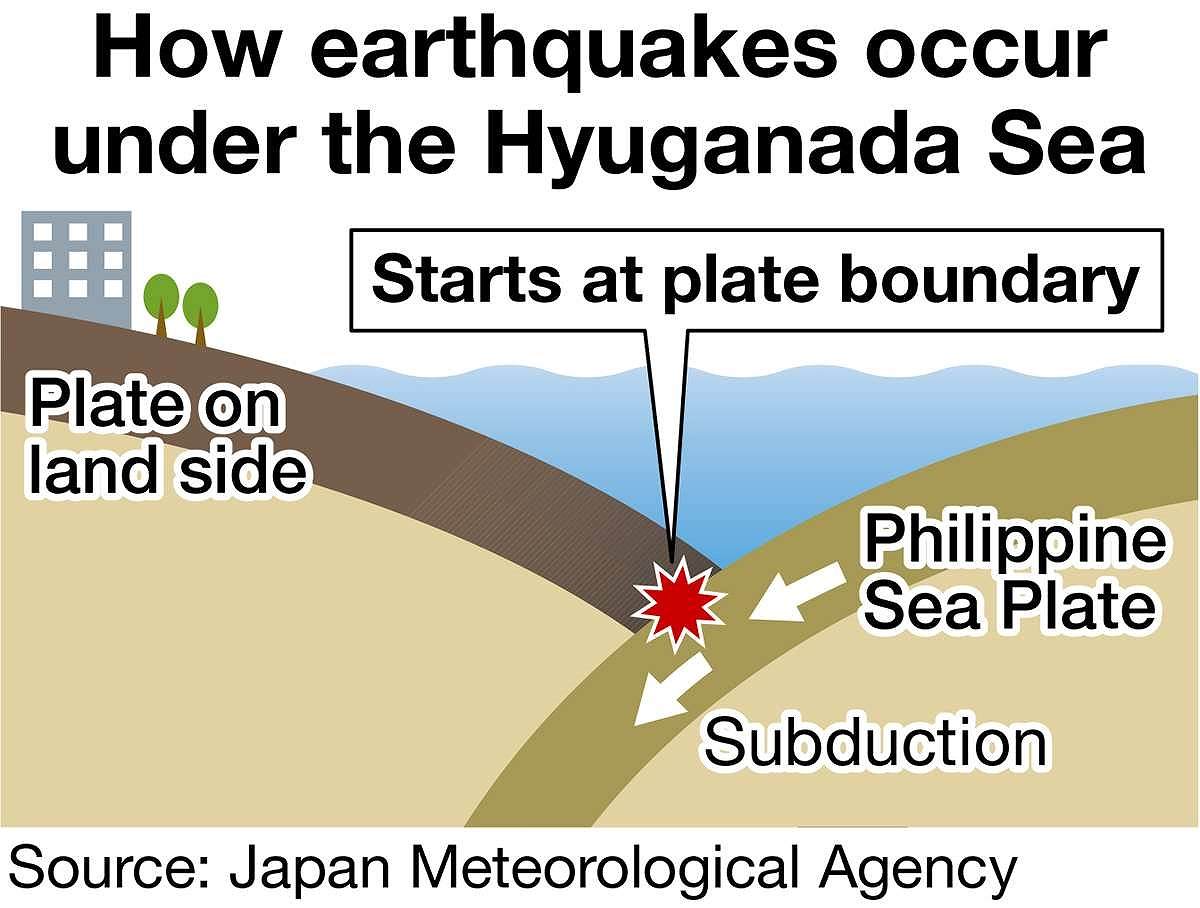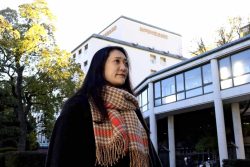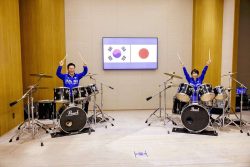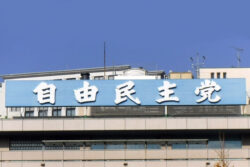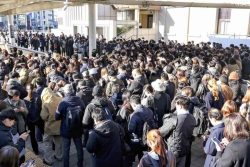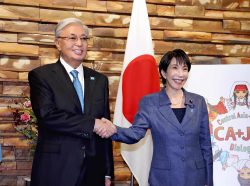Japan Asks Residents to Prep for Major Earthquakes in Nankai Trough Area; Expert Warns Against Panic Buying
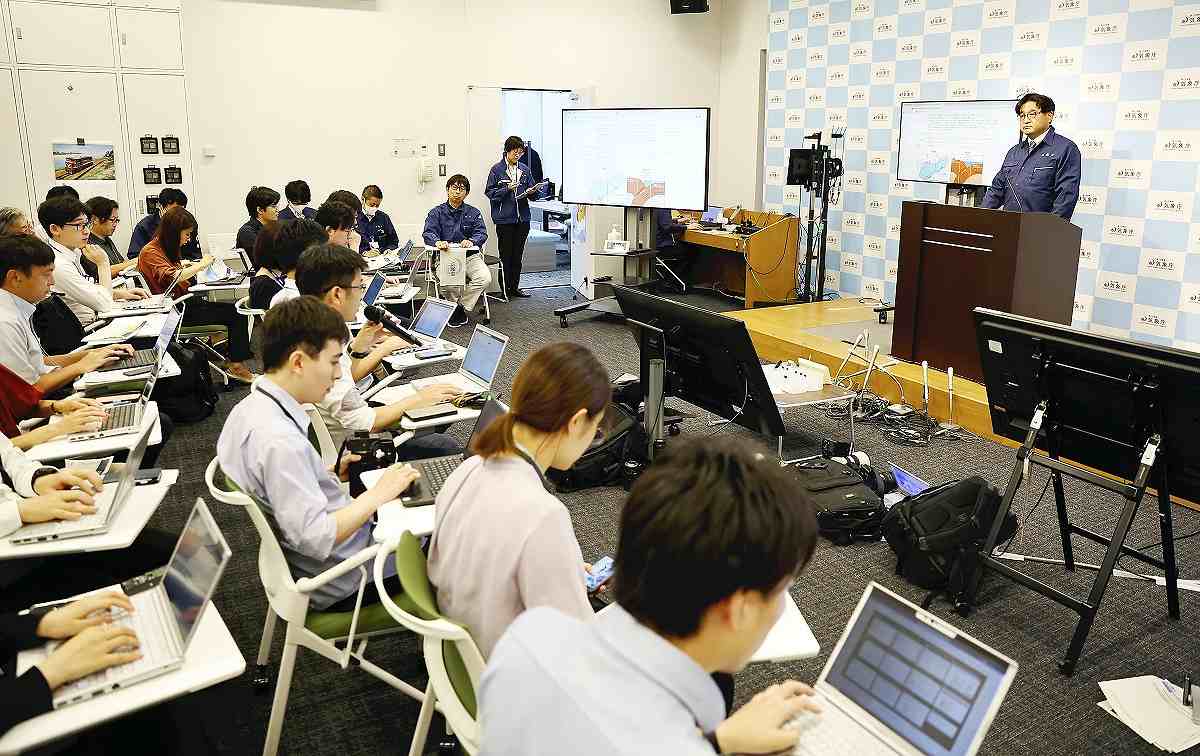
A JMA official in charge of earthquake and tsunami response speaks at a press conference about a powerful quake that occurred in the Hyuganada Sea on Thursday in Tokyo.
18:06 JST, August 9, 2024
The Japan Meteorological Agency and the government are calling for residents near where a powerful Nankai Trough earthquake could strike to make sure they are prepared for a quake and to stay calm, after a warning was issued Thursday about a possible megaquake in the trough.
When the JMA issued its “Megathrust Earthquake Attention,” its first such warning, JMA said the possibility of a devastating megaquake in the Nankai Trough area was now higher than normal following a magnitude 7.1 earthquake that hit southern Miyazaki Prefecture earlier in the day.
“The probability of an earthquake occurring is now several times higher than usual. Several times higher means quite a high probability from the perspective of seismology,” said Naoshi Hirata, a professor emeritus at the University of Tokyo who chairs the Nankai Trough Earthquake Assessment Committee. Hirata was speaking at a press conference at the JMA building Thursday night, and urged residents to remain vigilant.
According to the JMA, strong earthquakes measuring 7 or higher on the “moment magnitude scale,” the international standard for measuring earthquake magnitude, occurred 1,437 times around the world from 1904 to 2014. Six earthquakes of magnitude 7.8 or greater on the scale occurred within seven days of such earthquakes, and within a 50-kilometer radius of the first quake’s epicenter. In 2011, a magnitude 7.3 quake struck two days before the magnitude 9 Great East Japan Earthquake.
The JMA said that the probability of a magnitude 8 or greater earthquake occurring is one in several hundred. Still, Hirata said, “This is an area where strong earthquakes can occur at any time and now the probability is increasing. People should exercise an appropriate level of caution.”
Assessment committee
The warning system was introduced in May 2019 to prepare for a possible megaquake once a sizeable quake has struck the area where a Nankai Trough megaquake could occur.
If a magnitude 6.8 or greater earthquake or a slow slip, which is the slow shifting of tectonic plates, occurs in this megaquake area, the JMA will make an announcement.
In the latest case, a magnitude 7.1 earthquake struck in the Hyuganada Sea, within the critical area. At 5 p.m., the JMA issued a warning, saying the earthquake was “under analysis.” Then it gathered experts and held a meeting of the Nankai Trough Earthquake Assessment Committee at 5:30 p.m. at the JMA building in Minato Ward, Tokyo. The committee concluded that the quake occurred because part of a plate boundary had broken. The JMA then issued its Megathrust Earthquake Attention at 7:15 p.m.
“The latest earthquake was somewhat smaller than what is expected [to cause a megaquake], but there’s no denying that it could trigger a Nankai Trough earthquake,” said Shoichi Yoshioka, professor of seismology at Kobe University.
‘Don’t buy up food’
When a warning is issued, people should vary their response based on the JMA’s analysis.
In the latest Megathrust Earthquake Attention warning, residents in the area do not need to evacuate now but they do need to prepare for possible strong quakes over a week, such as by always knowing where their family members are and putting emergency bags and helmets at their home entrance.
If a magnitude 8 or greater earthquake occurs, the highest-level “Megathrust Earthquake Alert” will be issued, and residents near where a megaquake could strike should prepare for immediate evacuation. Residents in need of extra help who might be slow to evacuate after an earthquake occurs, such as disabled people and foreigners not fluent in Japanese, will be asked to evacuate for a week as a precaution.
“People should not panic or buy up food or emergency supplies,” said Nobuo Fukuwa, a professor emeritus at Nagoya University who is an expert in disaster preparation and measures to reduce damage from disasters.
Fukuwa noted that baseless “earthquake forecasting information” could go viral on social media. “You should always consult official information released by the JMA or municipal governments,” he said.
Related Tags
"Society" POPULAR ARTICLE
-

Tokyo Zoo Wolf Believed to Have Used Vegetation Growing on Wall to Climb, Escape; Animal Living Happily after Recapture
-

JAL, ANA Cancel Flights During 3-day Holiday Weekend due to Blizzard
-

Snow Expected in Tokyo, Neighboring Prefectures from Jan. 2 Afternoon to Jan. 3; 5-Centimeter Snow Fall Expected in Hakone, Tama, and Chichibu Areas
-
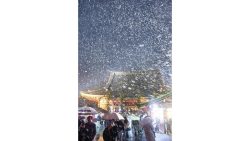
Tokyo, Yokohama Observe First Snowfall of Season; 1 Day Earlier than Average Year
-

M6.2 Earthquake Hits Japan’s Tottori, Shimane Prefectures; No Tsunami Threat (Update 4)
JN ACCESS RANKING
-

Japan Govt Adopts Measures to Curb Mega Solar Power Plant Projects Amid Environmental Concerns
-

Core Inflation in Tokyo Slows in December but Stays above BOJ Target
-

Major Japan Firms’ Average Winter Bonus Tops ¥1 Mil.
-

Tokyo Zoo Wolf Believed to Have Used Vegetation Growing on Wall to Climb, Escape; Animal Living Happily after Recapture
-

JAL, ANA Cancel Flights During 3-day Holiday Weekend due to Blizzard

